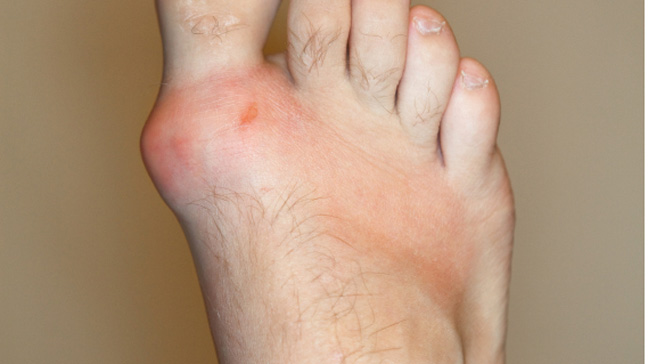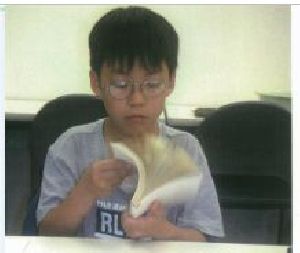With the increasing cases of COVID-19, oximeter has been one
of the must have device. A pulse oximeter is a device that is used to quickly
and easily monitor a person’s oxygen saturation. It can measure the level of
oxygen in the arterial blood without any invasive means. Oximeter is a small
portable device that clips onto the fingers and provides readings. In addition
to giving us the value of oxygen saturation, it also measures pulse rate which
is equal to heart rate in normal healthy individual.
 |
| Image Credit: watersafety.com Pic shows a pulse oximeter |
Every cell in our body needs oxygen to survive. These cells
get oxygen via blood pumped by heart. If there is lack of oxygen in the blood
(hypoxemia), that means your tissues will not be oxygenated properly and this
can be harmful to our health. So, pulse oximeter is used to easily access the
cardio pulmonary status of a person.
How does
a pulse oximeter work?
 |
| Image Credit: howequipmentworks.com |
Pulse oximeter has a finger clipping onto which a finger is placed.
One side of the oximeter has a transmitting light source that transmit Red and infrared
light. Other end of the finger clip has receiver of light. When we insert the
finger into finger clippings, light emitted through transmitting source passes
through our finger to reach the receiver on the other end. During this process
a certain wavelength of the light is absorbed depending on the color of the blood.
Normally, the oxygenated blood is bright red and deoxygenated blood is deep
dark red. Depending upon the level of oxygen saturation, different wavelength
of light is absorbed and the portion of the light that is not absorbed goes to
the receiver. Receiver is designed in such a way that it does some internal
calculation from the wavelength of light reaching it. The calculation is based
on two principles of physics: Beers law and Lambert law. Oximeter also
compensates for the ambient light from sunlight or artificial light in room. The
device also compensates for the size of finger and absorbance of other tissues.
This compensation helps to increase the accuracy of the reading and the pulse
oximeter after all these internal calculation and compensation gives us final
reading. To give this final reading, the device is calibrated through a graph which
is saved in its memory. The device processes the incoming reading, compare it
with its graph and give us final result.
How to use
pulse oximeter
Position
your middle finger of right hand correctly towards LED light.
Wait for 30
sec to 60 sec.
You will get
two readings: SpO2 and heart rate.
Monitor for
10 to 20 sec.
 |
| Image Credit: apexhealthandcare.com |
Normal Ranges
Heart rate – 60 to 100 beats per min
SpO2: 95-100%
Hypoxemia: SpO2 less than 90%; treated with supplemental oxygen
Precautions
* Warm the
finger. Blood flow is relatively less in cold finger and this can interfere
with the reading.
* Minimize the
movement of finger.
* There should
be no nail polish or mehndi.
What does
SpO2 mean? When does it decrease?
SpO2 means percentage saturation of oxygen in the blood. To
understand what that really is lets briefly discuss the oxygen flow through the
body. I will make it as painless as possible. We breathe in air containing
oxygen from the atmosphere. This air goes to the lungs from where the lungs
transfers oxygen to the blood via a process of diffusion. This oxygen in the
blood is carried all over the body mainly by combining it with a special
molecule called Hemoglobin. SpO2 describes what percentage of hemoglobin
molecule carries oxygen. For example, let’s say there are 10 hemoglobin
molecule and all 10 of them carries oxygen then in this case SpO2 is 100%. If 5
out of 10 hemoglobin molecule carries oxygen then SpO2 is 50% and so on. Normal
SpO2 is 95 to 100%,
From above discussion let’s think of situations when SpO2
decreases. If we are in a high altitude then there the atmospheric oxygen is
low, so low concentration of oxygen reaches lungs, blood and eventually to
Hemoglobin in RBC. So, SpO2 decreases in high altitude.
If oxygen in the atmosphere is sufficient, then enough oxygen
enters lungs unless there is some sort of obstruction in its pathway to lungs.
If there is obstruction as in COPD then SpO2 decreases.
SpO2 may can also decrease in case the oxygen in the lungs
cannot diffuse to blood. This happens if there is thickening of
alveoli-capillary diffusion barrier. Any infection causing inflammation can
cause edema and increase diffusion barrier. This can happen in pneumonia and COVID-19.
Conclusion
This shows that decrease in SpO2 doesn’t necessarily mean
COVID-19 but if you are COVID-19 positive and SpO2 level is significantly low then
you need to be in contact to the doctor and may be needing supplemental oxygen.
If you are tested positive for COVID-19 and are on home quarantine then you can
use pulse oximeter to stay in track about the progression of the disease. Oxygen
levels falls down even before the symptoms of hypoxia appears. So, it can be
really handy in early detection for the need of supplemental oxygen and can
save life as well.
If this information was useful then let me know through
comments. If you have any queries then feel free to ask. Stay safe. Take care.








0 Comments